BIM Management Training Course One Day Course on

BIM Management Training Course One Day Course on the fundamentals of BIM Management ciobacademy. org

Agenda The importance of BIM? What is BIM Management ? Tasks and Daily Activities for BIM Management Summary of Skills and Responsibiliti es for BIM Management Processes – Project and Organisationa l Summary

Why? Influential professional body Worldwide influence Industry Demand Skills shortages Continual Learning Support Recognition BIM Knowledge

Themes Module 01: Strategic BIM Management Module 02: Project Management Module 03: BIM Skills and Training Module 04: BIM Processes & Procedures

Course Structure Lecture s Interactive Topic Discussi ons Questio ns Support

Course Summary Module 01: Strategic BIM Key Learning Criteria: - Organisational Goals - BIM Strategy – Business Case - BIM Policy - BIM and Prequalification - Collaborative forms of contract. Module 02: BIM Standards and Project Management Key Learning Criteria: - BIM Standards - BIM Briefing - OIR’s / AIR’s / EIR’s - BIM Execution Planning. - LOD - Supplier Tasks Module 03: BIM Skills and Training Key Learning Criteria: - Roles & Responsibilities (PAS 1192 -2) - Skills Assessment - Knowledge and capability - Monitoring and maintaining BIM related Skills - Training Module 04: BIM Procedures and Processes Key Learning Criteria: - BIM Technologies Overview - Data drops and deliverables - Information Exchanges - Terminology (LOD, MPDT, TIDP and a BIM Execution plan). - Information Delivery Cycle

Tutor Introduction Who am I? My Background. Skills. Experience and Knowledge. Projects Affiliations / Groups.

Delegate Introductions

00 Context

Background & Context Challeng es of BIM What is BIM? Why BIM? BIM Benefits Informat ion Manage ment

What is BIM?

The ‘I’ in BIM i

Terms Collabora tion 3 D Models Creation and Collatio n of Graphic al Data Structur ed Informa tion through non. Graphic Data At all Stages. Collation of Data over Entire Lifecycle

A Staged Approach Strategic Briefing Design Construc tion Operatio n Mainten ance & Care

Requirements for Success Client Information Requirements Defined A clearly defined and managed process Delivery of information is monitored and checked.

Process Defining BIM Delivera bles Client Needs BIM Informat ion Exchang e Asset Life Cycle Structur ed Sharing

Terminology – BIM BI M • Graphical Data • Non. Graphical Data

Graphical Data 3 D Models Spatial Diagrams Graphi cal Data 3 D Diagrams 2 D Drawings Visualisati ons

Non - Graphical Data Schedules Asset Data Non – Graph ical Data Operation & Maintena nce Manuals Calculatio ns Room Data Sheets

Why BIM? Policy Driven - E. g. Government (globally) Productivity Client Driven Industry Push

Why BIM? Wh y? • Information Clarity • Identify of Errors/ Issues • Collaboration through Entire Life. • Health & Safety • Visibility & Transparency • Design Success • Cost Clarity • Effective Handover • Operational Benefits.

Benefits – Whole Life Benef its • As Constructed to Asset • Better Information • Clear Requirements • Design & Coordination • Materials & Construction • Record Gathering • Collection and structured Sharing • Consolidated Information

Benefits - Organisational Benef its • More Control • Easy access to information • Cost savings • Business opportunities • International Context • Scale of Projects • Greater Visibility • Intelligent Modelling

Challenges of BIM Cultural Digital Methods Skills & Education Perceived Costs Client/ Owner Knowledge Information Management

Technical Challenges Technology Advancements Terminology Consistency Buildings Versus Infrastructure

UK & Global Challenges Skills Demand & Education throughout Industry Learning Curve & Investment in Training Time & Cost of Implementation Challenges with Global Variations in Terminology

01 Strategic BIM

Overview Organisatio nal Goals Contractu al Implicatio ns of BIM and Prequalific ation BIM Strategy – Business Strategy BIM Policy

Organisational Goals Strategic Approach Wider Business Objectives Growth / Development

Strategy / Why? Skills Gap Assessment Develop Implementatio n plan / Organisation or Project

BIM Policy What is the Policy? Who is Involved? How does it support wider business?

BIM Policy Example

Objectives of Business Producti vity Open & Collabor ative Culture Innovati on & Technol ogy Profitabi lity Growth

Implementation Strategy Local Drivers Education Knowledge Growth New Skills

Implementation Structure Strategic Management Technical

Pilot Projects What are Pilot Projects? Successfully mapping BIM objectives against a Pilot Benefit Realisation Record Lessons Learnt

Existing Client Work (e. g. Government) BIM Strategy BIM Inception Organisat ion and Asset specific Informati on Employer s Informati on Requirem ents

Clarity on BIM Use Processes in Place Why? Clear and thorough understand ing What BIM Uses are we needing? BIM Process

BIM Uses Realising BIM USE Communi cating BIM USE Analysing BIM USE Generatin g BIM USE Gathering

BIM Uses Modelling existing Health and Safety Design Capturing Site Construction Logistics Planning Operation FM Integration Site Analysis Creation of Asset Model Clash detection 3 D Spatial Handover

Skills and knowledge Analyse Existing Skills Review Training Strategy Implement Targeted Training / Education

Well Defined Process Project informati on to asset informati on Informati on Require ments Defined Informati on Delivere d and shared Suppliers Assessed Team Appoint ed

Recommendations Model Use Client Strategy Roles and responsibilitie s Rewards Collaborative Working

Discussion Point Components of a BIM Strategy

Skills & Knowledge – Project Specific (PAS 1192 -2) Pre Qualify Shortlist ed Assessment / Tender

Selection Process Prequalify • Via selected questions relating to all project specific requirements Review Supplier Assessment • Assess BIM capability and knowledge Contract Award • Appoint selected team and share BIM Brief / EIR.

Pre-Qualification Process Proof of Capability Experience in BIM Customised Questions

Pre-Qualification Set of questions for prequalification ‘Optional’ BIM module Recommended for UK Government Projects.

Pre-Qualification

Project Implementation Plan Supplier Resourc e Assessm ent Supplier IT Assessm ent SC CS Supplier BIM Resourc e Assessm ent

Supplier Assessment Supplier BIM Assessment Form Supply Chain Capability Summary Form This is the summary of all assessment forms which form part of the overall selection process once reviewed. • General BIM questions • Area of BIM projects may support • BIM project experience • BIM capability questionnaire

Supplier Assessment Supplier IT Assessment Form. Supply Resource Assessment Form • General production and distribution of information policies. • Team Information • Drawing and CAD management • Document numbering Systems • Experience with Web Based Project Tools. • PI Policies • Email & Internet Policies • Technical Information on Software & Systems • Resources to deliver project and experience • Organisation and Team information

BIM & Contractual Obligations BIM & Contracts AIA Guidanc e UK Guidanc e Supports the USA in how BIM affects contracts and any recommendations to suppliers. The BIM Protocol used for clients to append to existing contracts. No major changes to existing contracts.

Project Digital Data Protocol AIA G 202 -2013 BIM & Digital Data AIA G 201 -2013 AIA E 203 -2013 AIA Documents Project BIM Protocol Form

The BIM Protocol

Overview – Risks Deliverables COMMERCI AL IMPLICATIO NS – RISKS AND LIABAILITIES Model Ownership Clear Communication Knowledge & Skills

Guidelines 1. Project details 2. Nature of services 3. Role of Info Manager 4. Additional coordination activities 5. Sub-consultant appointment 6. Hosting a BIM environment (CDE)

PI - Guidelines Role of IM Sub consult ants LOD v MPDT Too much design

PI - Guidelines Status Model checking Software licenses

02 BIM Standards & Project Management

Overview BIM Standards The importance of LOD. BIM Briefing BIM Technology requiremen ts (project based). The importance of an EIR. What are BIM Uses and understandi ng their relevance.

Standards Supporting BIM Briefing for Soft Landings/FM – BS 8536 -1: 2015 Collaborative Principles - BS 1192: 2007 + A 2: 2016 Capital/Delivery Phase - PAS 1192 -2: 2013 COBie - BS 11924: 2014 Security – PAS 1192 -5: 2015 Operational Phase - PAS 1192 -3: 2014

BS 1192: 2007 + A 2: 2016 Collaborative Processes Document Issue and Management Standard Methods Procedures CDE Management

BS 1192: 2007 + A 2: 2016 Standard method and procedure Roles and responsibilities should be agreed Naming conventions should be adopted Arrangements for project-specific codes should be in place A CDE approach should be adopted An information hierarchy should be adopted

PAS 1192 -2: 2013 Capital Delivery Phase BEP, TIDP, MPDT, EIR Roles and Responsibilities Project Information Model

PAS 1192 -3: 2014 Asset Information Management CDE & the AIM Roles and Responsibilities Managing the Information Exchange into occupation

BS 1192 -4: 2014 Requirements for COBie Information Exchange COBie Structure COBie Worksheets Process of Delivery

PAS 1192 -5: 2015 The Build Asset Security Strategy – development Process of developing the BASMP Working with suppliers Asset management process

PAS 1192 -6 and 7 PAS 1192 -6 Health And Safety PAS 1192 -7 Product Data Dictionary

International Standards Global Trade Environmental New Markets Customer Satisfaction Costs

ISO 9001: 2008 Quality Management BIM Systems Internally Proof of capability Customer needs

ISO 55000 (Formerly PAS 55) Asset Management Strategy Use of Asset Management Roles and responsibilities Structure

ISO 19650 – Part 1 and 2 International standard for BIM Covering Design, Construction and Operation ISO 19650 A development from PAS 1192 -2 &3 Regional Annexes Supersedes PAS 1192 -2

Challenges - Standards General Usage Confusion Consistency Global Differences Support?

Client Guidance and Process Understanding of BIM A Strategic Approach Developing a Framework

What is the process? AIR OIR EIR

Client – What are OIR’s?

Client – What are OIR’s? Dynami c Meterin g Asset Replace ment Legacy data OI R Bench markin g Areas Validati on

Client – What are AIR’s?

Client EIR – Project Specific

EIR – Pre Contract BEP PIP GOALS FOR COLLABORATION PRE CONTRACT BEP PROJECT MILESTONES PIM DELIVERY STRATEGY

EIR – Post Contract BEP MANAGEMENT PLANNING AND DOCUMENTATIO N POST CONTRACT BEP STANDARD METHODS IT SOLUTIONS DELIVERY PLANS (TASK SPECIFIC)

EIR - Components Information Requirements • Level of Detail (Definition) • Training • Planning of work • Data segregation • Collaborative Requirements • Security requirements • Schedule of specific information • Information model details • Compliance plan • Co-ordinate system • Technical requirements • HSE or CDM

EIR - Components Competency Assessment • Details of the competence assessment that bidders must respond to • Any changes to the tender documentation • BIM tender assessment details

EIR - Components Commercial Management • Exchange of information • Clients purpose • File Formats • Strategy • Responsibility matrix for information Management • Schedule of standards and guidance documents to be used • Requirements for roles and responsibilities

Supplier Tasks Supplier Task Information Deliverables BIM deliverables Task specific deliverables Existing Deliverables

Task Information Delivery Plan File identifier Project Originator Model/ drawing title Volume Level File type Disciplin e Number BASED ON FILE NAMING STRUCTURE DEFINED BY THE CLIENT Delivery dates Mileston e 1 Milestone 2 DATES FOR DELIVERY Milestone 3 Etc.

Task Information Delivery Plan PR 1 -XYZ-00 -ZZ-SH-A-0001 Task Information Delivery Plan (TIDP) Originato Project r Volume Level PR 1 XYZ 00 00 PR 1 XYZ 00 01 PR 1 XYZ 00 02 PR 1 XYZ 00 03 PR 1 XYZ 00 04 PR 1 XYZ 00 05 PR 1 XYZ 00 06 PR 1 XYZ 00 07 PR 1 XYZ 00 08 File Role Model/Drawing Title Type (Discipline) Number (or Description) Delivery Dates Milestone 1 Milestone 2 Milestone 3 Milestone 4 Milestone 5 (Description) (Description ) DR A 0001 00 GROUND FLOOR GA PLAN 2016 -03 -04 2016 -05 -05 2016 -06 -12 2016 -08 -08 DR A 0002 01 FIRST FLOOR GA PLAN 2016 -03 -05 2016 -05 -06 2016 -06 -13 2016 -08 -09 DR A 0003 02 SECOND FLOOR GA PLAN 2016 -03 -06 2016 -05 -07 2016 -06 -14 2016 -08 -10 DR A 0004 03 THIRD FLOOR GA PLAN 2016 -03 -07 2016 -05 -08 2016 -06 -15 2016 -08 -11 DR A 0005 04 FORTH FLOOR GA PLAN 2016 -03 -08 2016 -05 -09 2016 -06 -16 2016 -08 -12 DR A 0006 05 FIFTH FLOOR GA PLAN 2016 -03 -09 2016 -05 -10 2016 -06 -17 2016 -08 -13 DR A 0007 06 SIXTH FLOOR GA PLAN 2016 -03 -10 2016 -05 -11 2016 -06 -18 2016 -08 -14 DR A 0008 07 SEVENTH FLOOR GA PLAN 2016 -03 -11 2016 -05 -12 2016 -06 -19 2016 -08 -15 DR A 0009 08 EIGHTH FLOOR GA PLAN 2016 -03 -12 2016 -05 -13 2016 -06 -20 2016 -08 -16

Master Information Delivery Plan Architectural Surveyor Structural MIDP Civil Landscape Specialist supplier MEP Interior

Master Information Delivery Plan 3 D Models Drawings Equipment MIDP Room Data Sheets Schedules COBie

Overview Clarity Time Between all suppliers and Deliverables team members can be checked against project programme. Issues / Conflicts Validation Can be resolved quickly if a supplier is not delivering on what they contractually agreed to. That information is accurate and correct and delivered as agreed.

Supplier Process What is a BIM Use? Terminology - LOD BIM Execution Planning

The importance of LOD Terminology Reference Understanding LOD

Progress/ History LOD LOI LOa ? LOx LOc LOd

History of LOD • Largely geometry driven • Not specific to other • Aligns to work stages • Not detailed enough • No clarity • Defines information requirements • More detailed • Developing

BIM Execution Planning

BIM Execution Planning Critical to BIM Success Aligns to Strategic Vision of BIM BEP Supports the EIR Updated regularly

Responsibilities Contractual Responsibiliti es Ownership Transfer to other parties Archiving

Contents Overview /Purpose The importance of the BEP, details of how and why it is to be used. Project Details Management Specific Planning details Roles, relating to requiremen the project Project ts, processes, approvals BIM Uses, and information milestones exchanges and Deliverable s Collaborati on Meetings, roles and requiremen ts

Contents - Purpose Strategy Purpose Applicatio n Developm ent Update

Contents – Project Details Project name Address Number Milestone dates Descriptio n

Contents – Management Roles responsi bilities and authorit ies Project information model delivery strategy Survey strategy (use of point clouds) Existing legacy data use Approval of information Authorisation process Standards

Contents – Planning (Documentation) Revised PIP confirming the capability of supply chain Agreed project processes for collaboration and information modelling Agreed matrix of responsibilities across supply chain Task information delivery plan’s Master information delivery plan

Contents – Planning (Standard Method and Procedure) Volume strategy Origin and orientatio n File naming conventio ns Layer naming conventio ns Agreed constructi on tolerances Drawing sheet templates Annotatio n, dimension s abbreviati ons and symbols Attribute data

CDE Management Solution Processes and any file management File Formats Exchange Formats Software Use relating to specific BIM use Contents – Planning (IT Solutions)

3 D Modelling Requirements Modelling Standards Model Quality Control Model Checking Model Sharing Object Library strategy

BIM Uses Project Requirements BIM Uses / Strategy Regularity Exchange formats Code Checking

Contents – Collaboration Collaborative information management BIM Initiation Meeting BIM Coordination Meetings Design Team Meetings Client Engagement BIM meetings

Supplier Tasks Supplier Task Information Deliverables BIM deliverables Task specific deliverables Existing Deliverables

Overview Clarity Between all suppliers and team members Time Issues / Conflicts Validation Deliverables can be checked against project Can be resolved quickly if a programme. supplier is not delivering on what they contractually agreed to. That information is accurate and correct and delivered as agreed.

03 BIM Roles, Skills and Training

Overview Roles and Responsibilit ies Informatio n Delivery Cycle Training Strategy Assessmen t of Skills Understand ing of Staff knowledge and capability
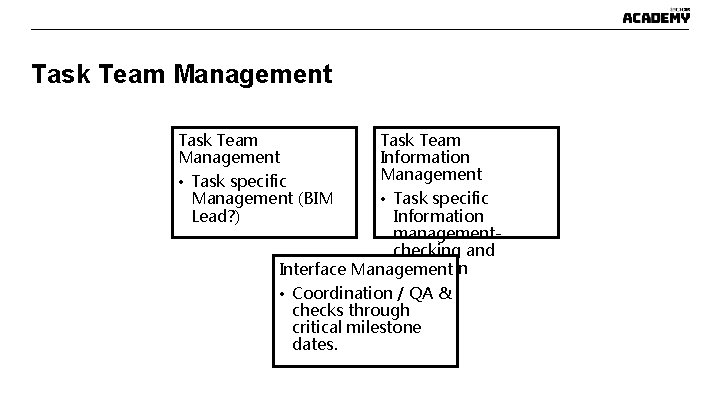
Task Team Management • Task specific Management (BIM Lead? ) Task Team Information Management • Task specific Information managementchecking and validation Interface Management • Coordination / QA & checks through critical milestone dates.

Task Team Management Leadership • Tasks should be managed. These can overlap with existing Tasks. Role Specific • Each task should manage their own information. PAS 1192 -2 Recommended • This role is mandated for BIM Level 2
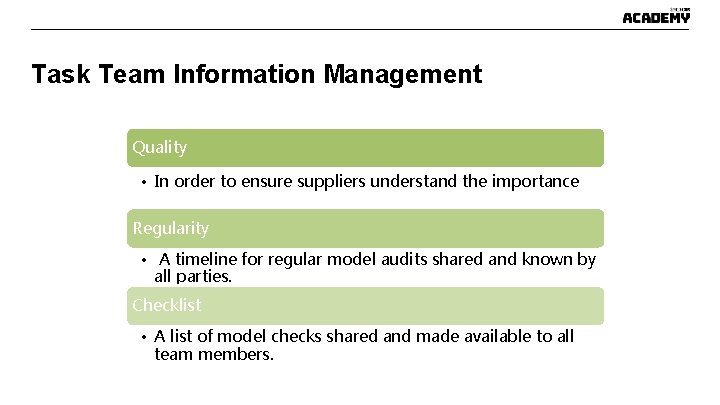
Task Team Information Management Quality • In order to ensure suppliers understand the importance Regularity • A timeline for regular model audits shared and known by all parties. Checklist • A list of model checks shared and made available to all team members.
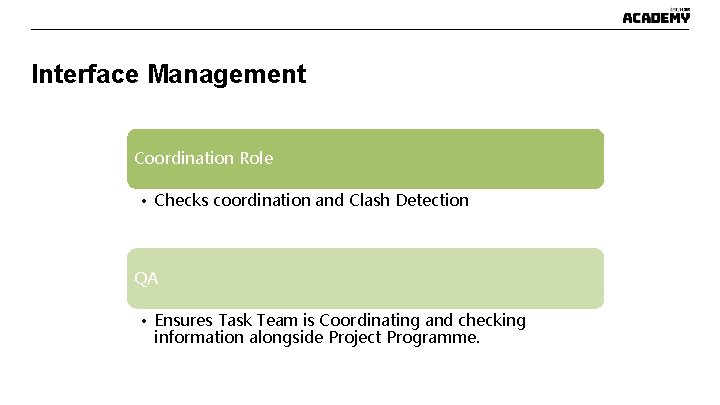
Interface Management Coordination Role • Checks coordination and Clash Detection QA • Ensures Task Team is Coordinating and checking information alongside Project Programme.
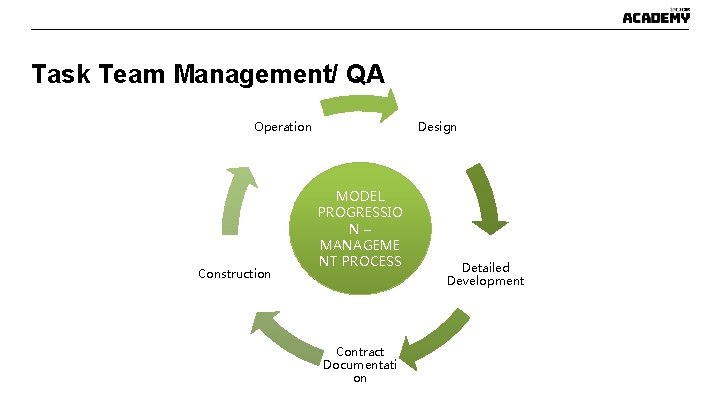
Task Team Management/ QA Operation Construction Design MODEL PROGRESSIO N– MANAGEME NT PROCESS Contract Documentati on Detailed Development
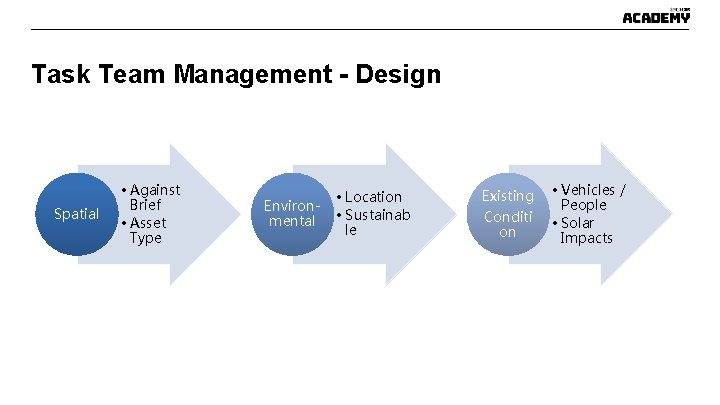
Task Team Management - Design Spatial • Against Brief • Asset Type Environmental • Location • Sustainab le Existing Conditi on • Vehicles / People • Solar Impacts
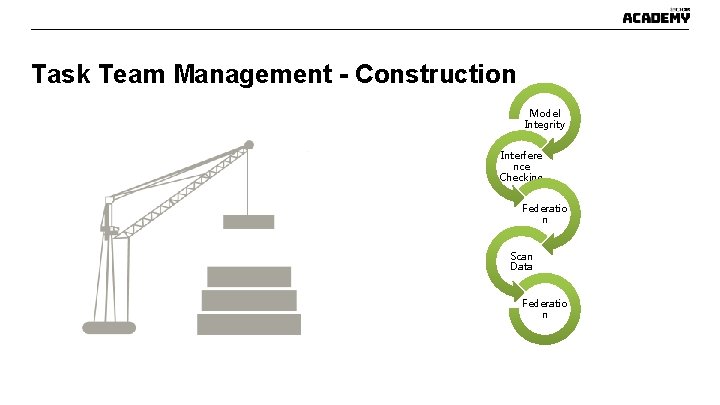
Task Team Management - Construction Model Integrity Interfere nce Checking Federatio n Scan Data Federatio n
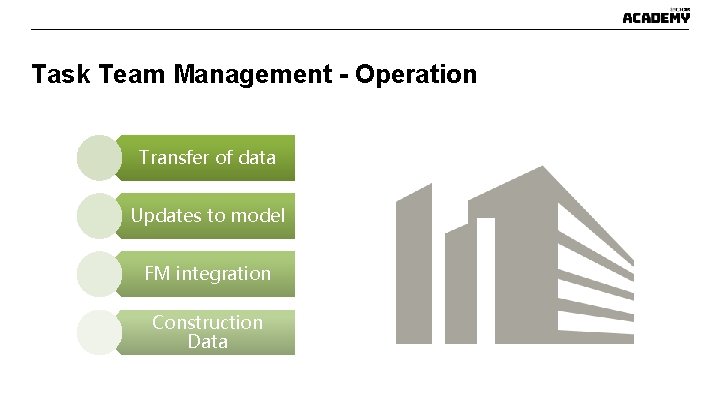
Task Team Management - Operation Transfer of data Updates to model FM integration Construction Data
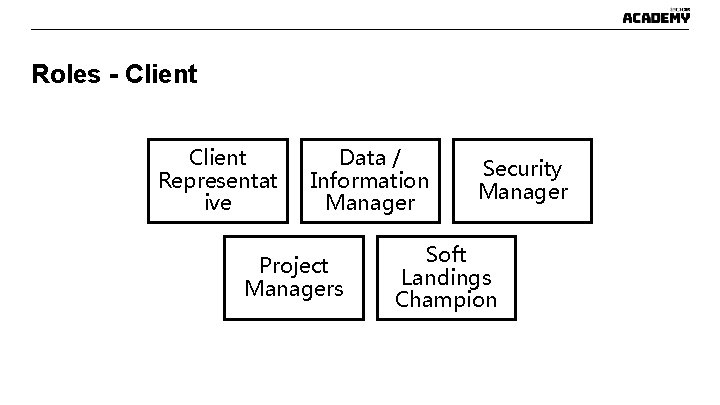
Roles - Client Representat ive Data / Information Manager Project Managers Security Manager Soft Landings Champion
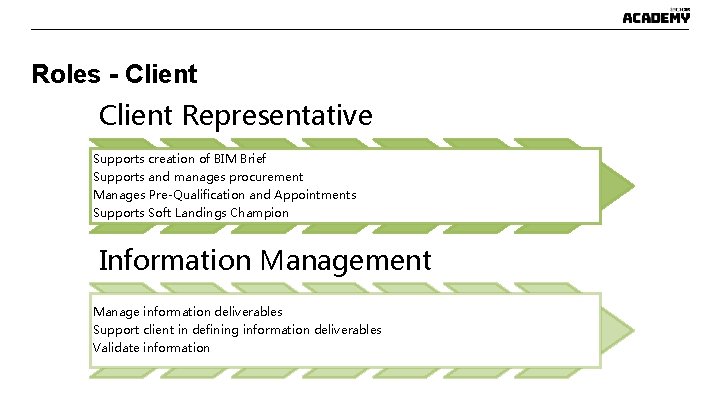
Roles - Client Representative Supports creation of BIM Brief Supports and manages procurement Manages Pre-Qualification and Appointments Supports Soft Landings Champion Information Management Manage information deliverables Support client in defining information deliverables Validate information
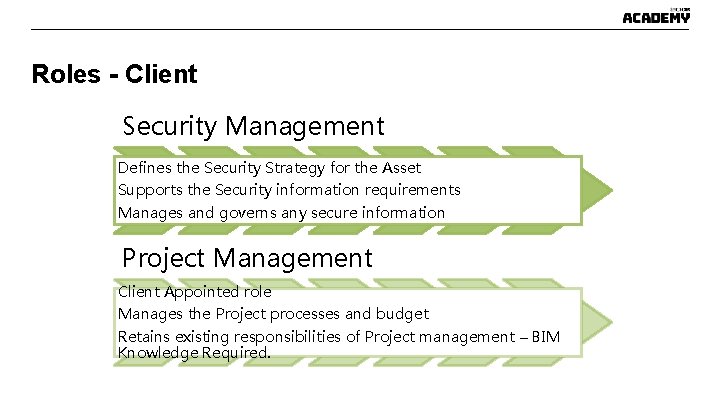
Roles - Client Security Management Defines the Security Strategy for the Asset Supports the Security information requirements Manages and governs any secure information Project Management Client Appointed role Manages the Project processes and budget Retains existing responsibilities of Project management – BIM Knowledge Required.
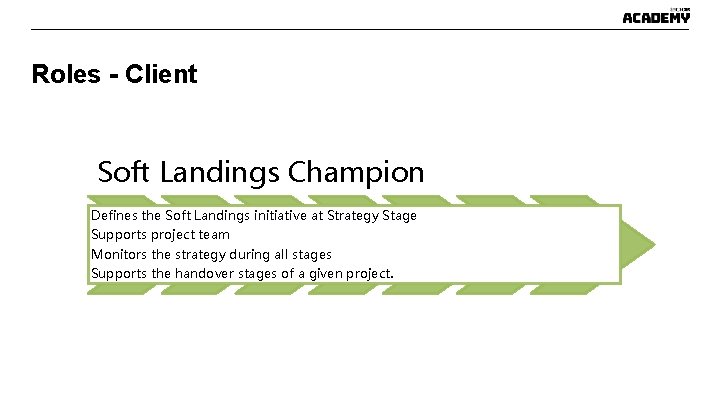
Roles - Client Soft Landings Champion Defines the Soft Landings initiative at Strategy Stage Supports project team Monitors the strategy during all stages Supports the handover stages of a given project.
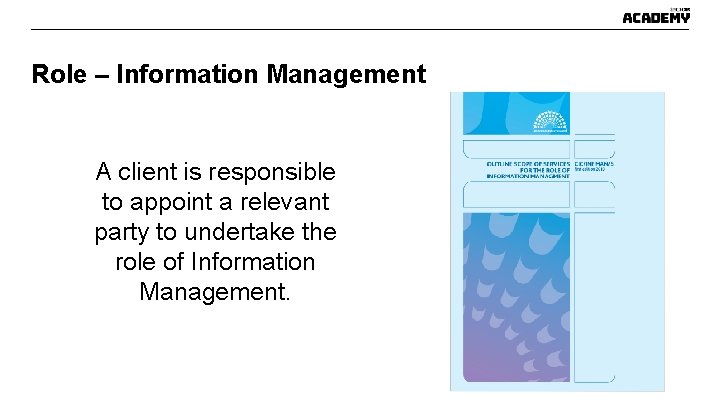
Role – Information Management A client is responsible to appoint a relevant party to undertake the role of Information Management.
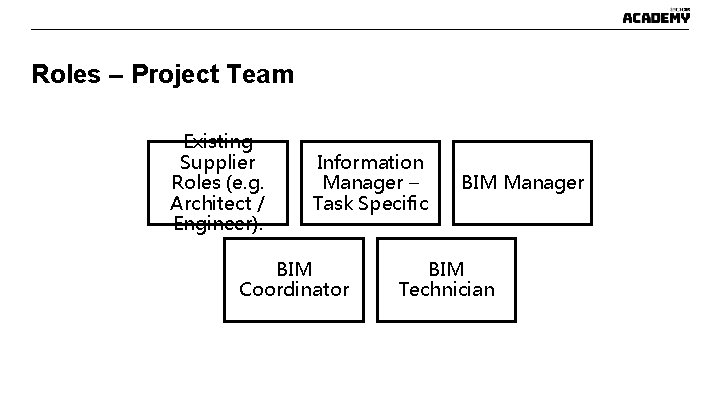
Roles – Project Team Existing Supplier Roles (e. g. Architect / Engineer). Information Manager – Task Specific BIM Coordinator BIM Manager BIM Technician
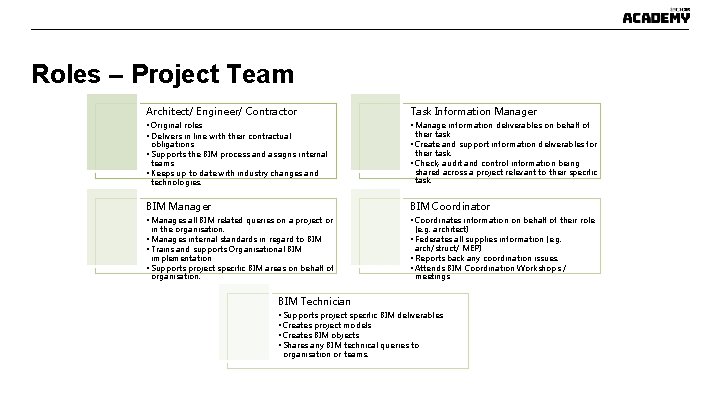
Roles – Project Team Architect/ Engineer/ Contractor Task Information Manager • Original roles • Delivers in line with their contractual • Manage information deliverables on behalf of their task obligations • Supports the BIM process and assigns internal teams • Keeps up to date with industry changes and technologies. • Create and support information deliverables for BIM Manager BIM Coordinator • Manages all BIM related queries on a project or • Coordinates information on behalf of their role in the organisation. • Manages internal standards in regard to BIM • Trains and supports Organisational BIM implementation • Supports project specific BIM areas on behalf of organisation. their task. • Check, audit and control information being shared across a project relevant to their specific task. (e. g. architect) • Federates all supplies information (e. g. arch/struct/ MEP) • Reports back any coordination issues. • Attends BIM Coordination Workshops / meetings BIM Technician • Supports project specific BIM deliverables • Creates project models • Creates BIM objects • Shares any BIM technical queries to organisation or teams.
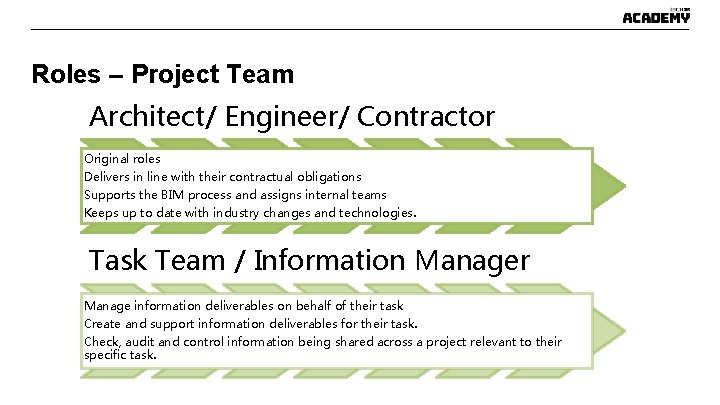
Roles – Project Team Architect/ Engineer/ Contractor Original roles Delivers in line with their contractual obligations Supports the BIM process and assigns internal teams Keeps up to date with industry changes and technologies. Task Team / Information Manager Manage information deliverables on behalf of their task Create and support information deliverables for their task. Check, audit and control information being shared across a project relevant to their specific task.
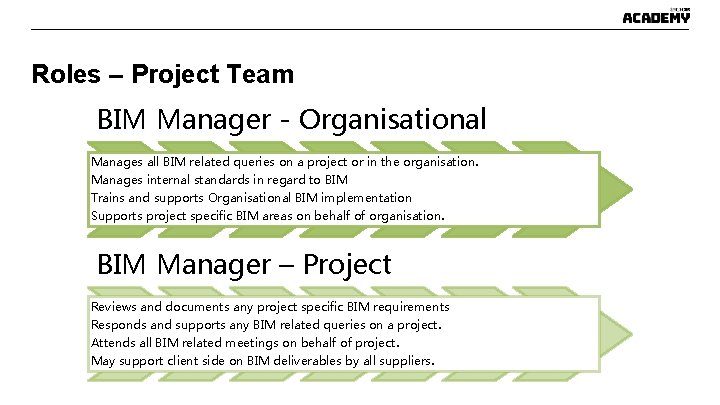
Roles – Project Team BIM Manager - Organisational Manages all BIM related queries on a project or in the organisation. Manages internal standards in regard to BIM Trains and supports Organisational BIM implementation Supports project specific BIM areas on behalf of organisation. BIM Manager – Project Reviews and documents any project specific BIM requirements Responds and supports any BIM related queries on a project. Attends all BIM related meetings on behalf of project. May support client side on BIM deliverables by all suppliers.
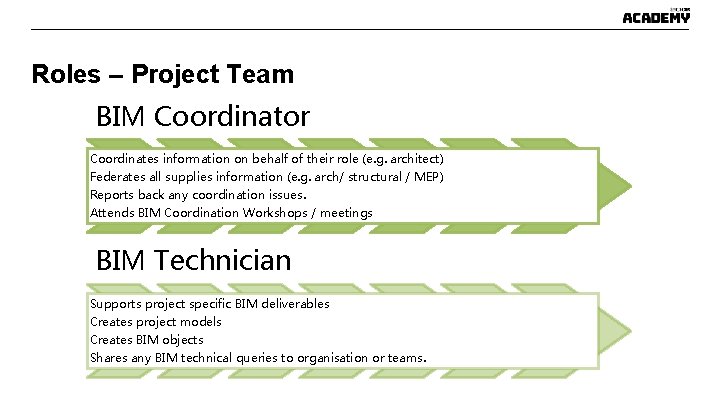
Roles – Project Team BIM Coordinator Coordinates information on behalf of their role (e. g. architect) Federates all supplies information (e. g. arch/ structural / MEP) Reports back any coordination issues. Attends BIM Coordination Workshops / meetings BIM Technician Supports project specific BIM deliverables Creates project models Creates BIM objects Shares any BIM technical queries to organisation or teams.
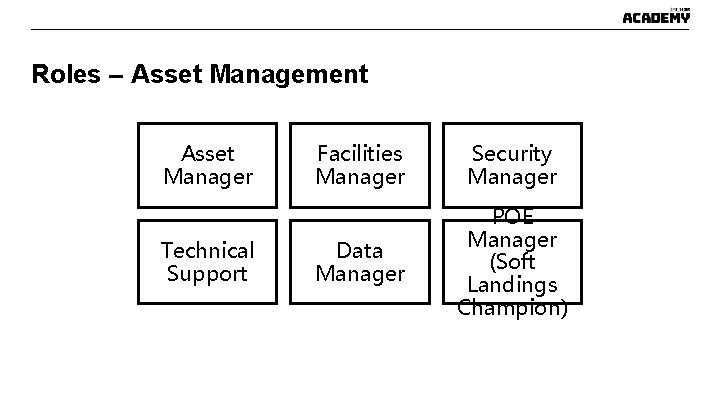
Roles – Asset Management Asset Manager Technical Support Facilities Manager Security Manager Data Manager POE Manager (Soft Landings Champion)
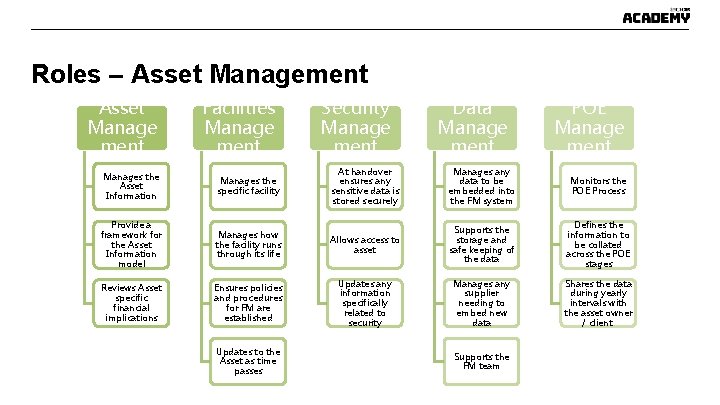
Roles – Asset Management Asset Manage ment Facilities Manage ment Security Manage ment Data Manage ment POE Manage ment Manages the Asset Information Manages the specific facility At handover ensures any sensitive data is stored securely Manages any data to be embedded into the FM system Monitors the POE Process Provide a framework for the Asset Information model Manages how the facility runs through its life Allows access to asset Supports the storage and safe keeping of the data Defines the information to be collated across the POE stages Reviews Asset specific financial implications Ensures policies and procedures for FM are established Updates any information specifically related to security Manages any supplier needing to embed new data Shares the data during yearly intervals with the asset owner / client. Updates to the Asset as time passes Supports the FM team
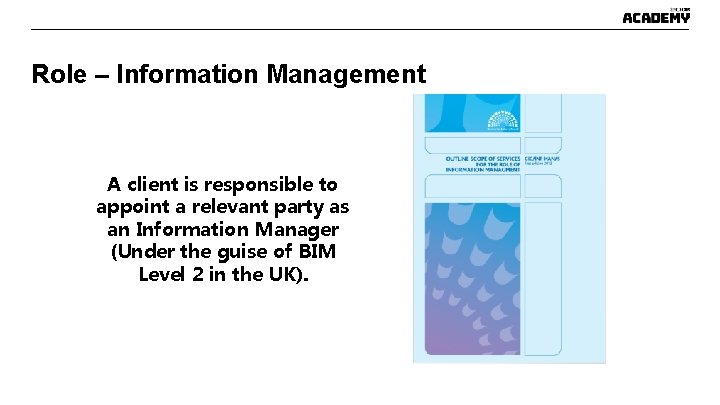
Role – Information Management A client is responsible to appoint a relevant party as an Information Manager (Under the guise of BIM Level 2 in the UK).

Skills Assessment
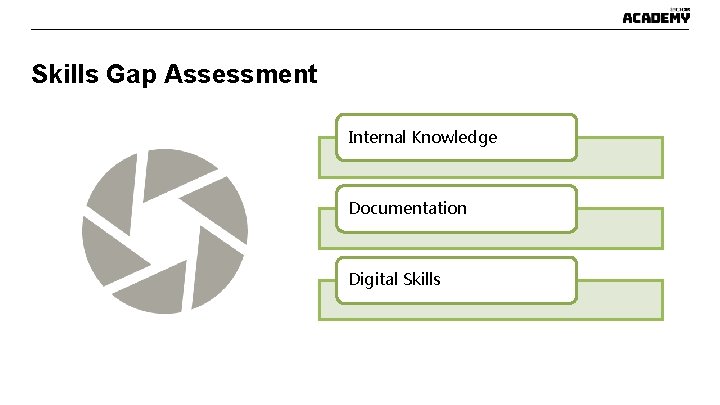
Skills Gap Assessment Internal Knowledge Documentation Digital Skills

Assess Current Skills Investment Processes Technology Information Management Current Conditions
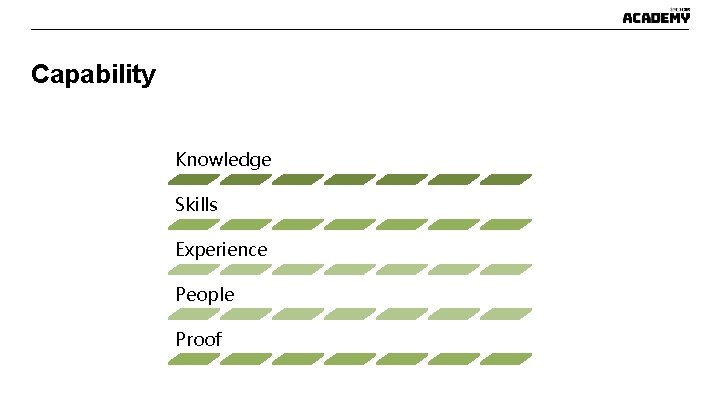
Capability Knowledge Skills Experience People Proof
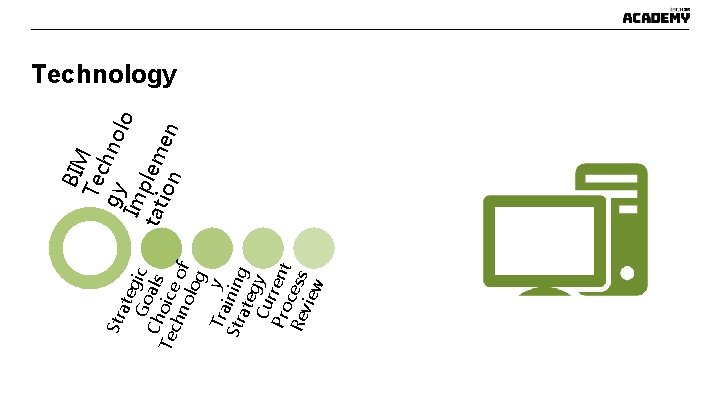
Str ate Go gic Ch als Tec oice hn olo of g Tra y Str ining ate Cu gy Pro rrent Re cess vie w BIM Tec gy hno lo Im tat plem ion en Technology
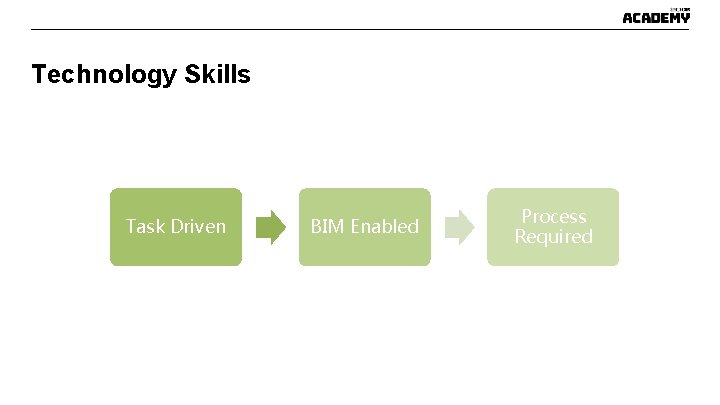
Technology Skills Task Driven BIM Enabled Process Required
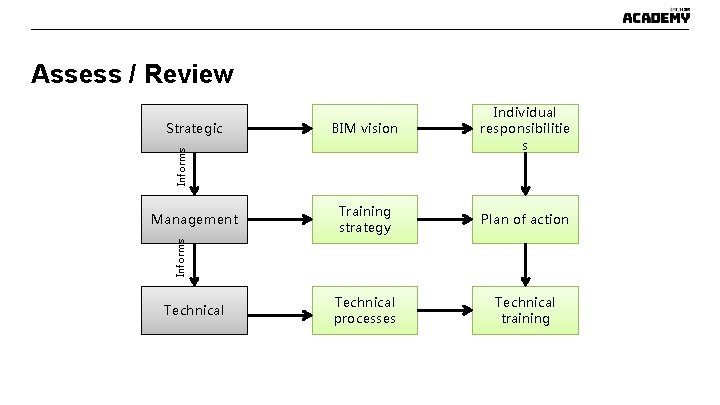
Assess / Review BIM vision Training strategy Plan of action Technical processes Technical training Informs Strategic Individual responsibilitie s Informs Management Technical
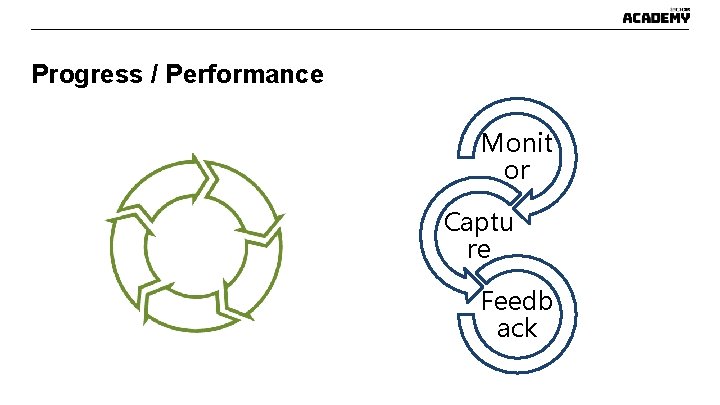
Progress / Performance Monit or Captu re Feedb ack
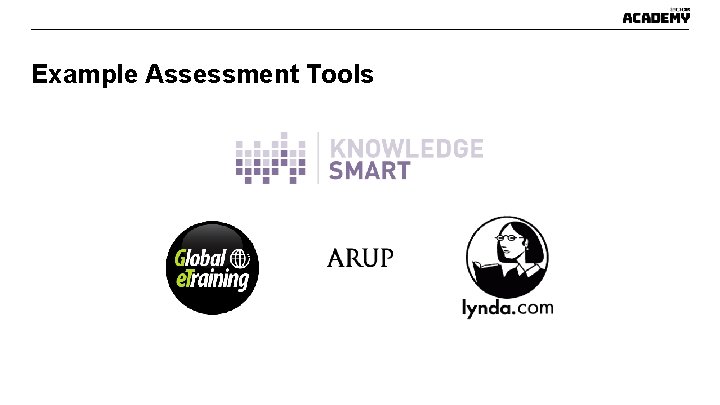
Example Assessment Tools
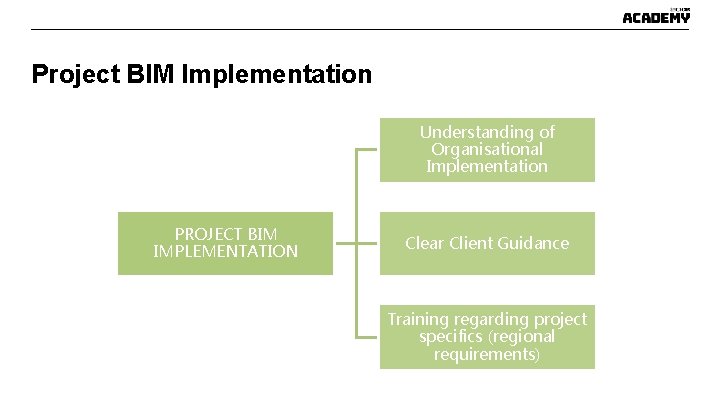
Project BIM Implementation Understanding of Organisational Implementation PROJECT BIM IMPLEMENTATION Clear Client Guidance Training regarding project specifics (regional requirements)
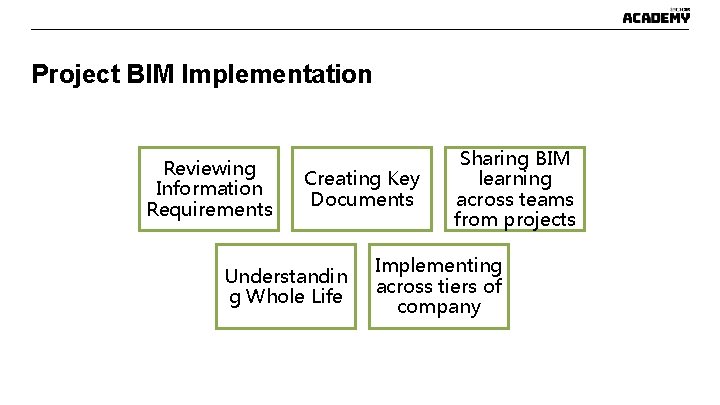
Project BIM Implementation Reviewing Information Requirements Creating Key Documents Understandin g Whole Life Sharing BIM learning across teams from projects Implementing across tiers of company
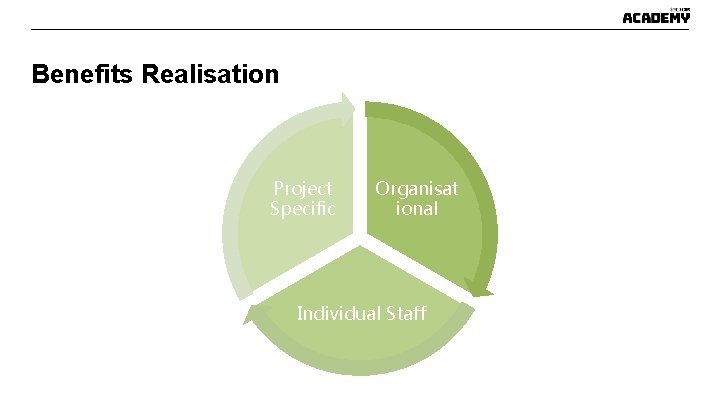
Benefits Realisation Project Specific Organisat ional Individual Staff
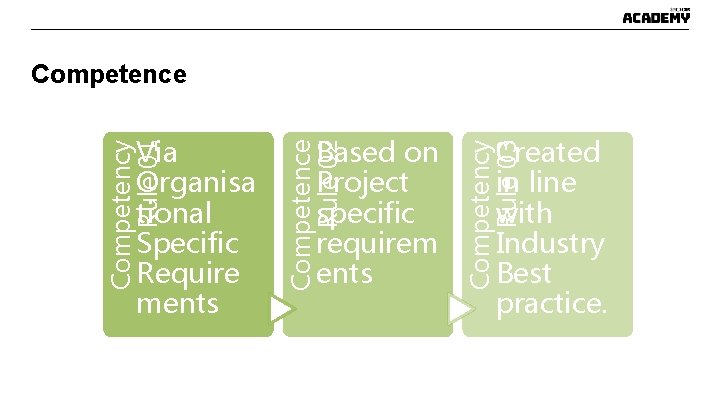
Competence Created in line with Industry Best practice. Competency Rule 03 Based on Project specific requirem ents Competence Rule 02 Competency Rule 01 Via Organisa tional Specific Require ments
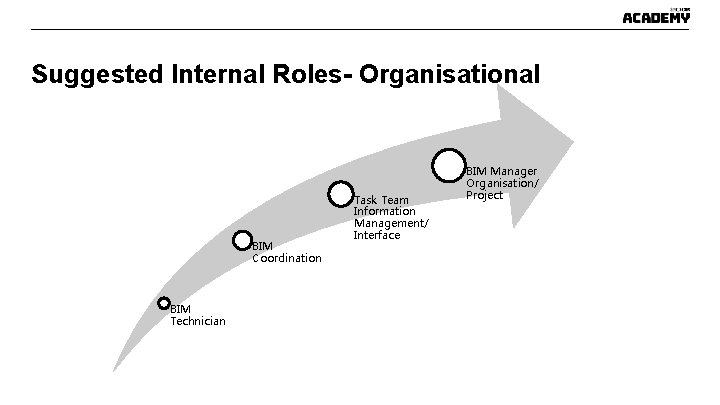
Suggested Internal Roles- Organisational BIM Coordination BIM Technician Task Team Information Management/ Interface BIM Manager Organisation/ Project
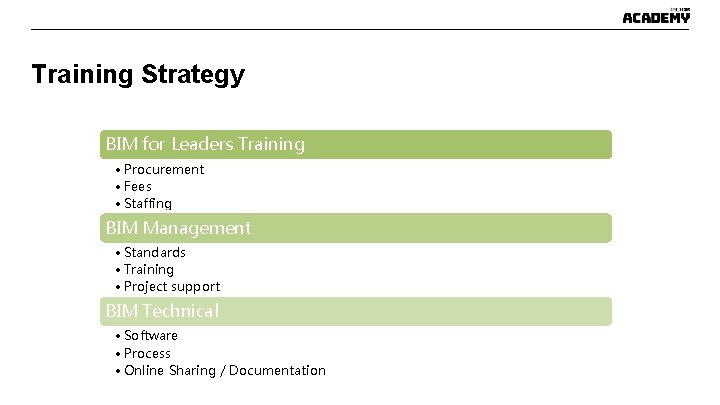
Training Strategy BIM for Leaders Training • Procurement • Fees • Staffing BIM Management • Standards • Training • Project support BIM Technical • Software • Process • Online Sharing / Documentation
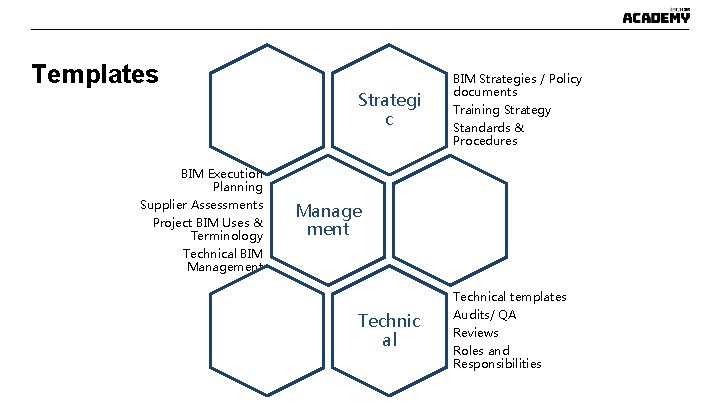
Templates Strategi c BIM Execution Planning Supplier Assessments Project BIM Uses & Terminology Technical BIM Management BIM Strategies / Policy documents Training Strategy Standards & Procedures Manage ment Technic al Technical templates Audits/ QA Reviews Roles and Responsibilities
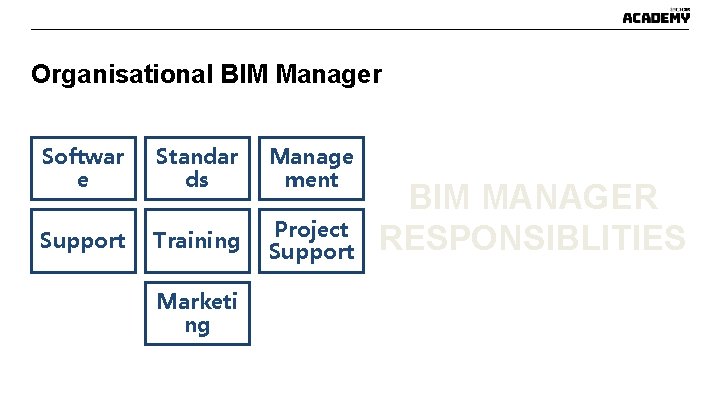
Organisational BIM Manager Softwar e Standar ds Manage ment Support Training Project Support Marketi ng BIM MANAGER RESPONSIBLITIES
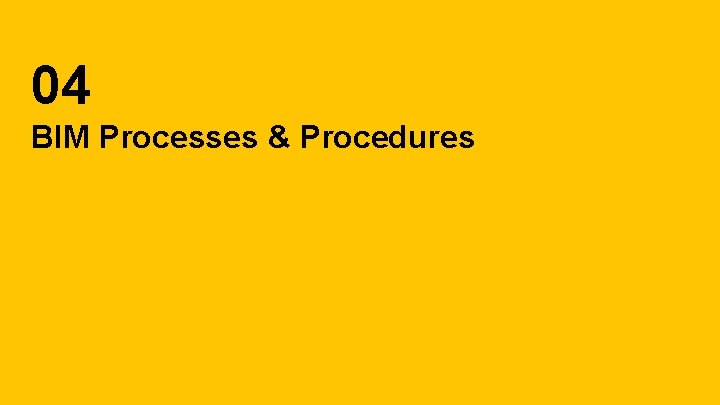
04 BIM Processes & Procedures
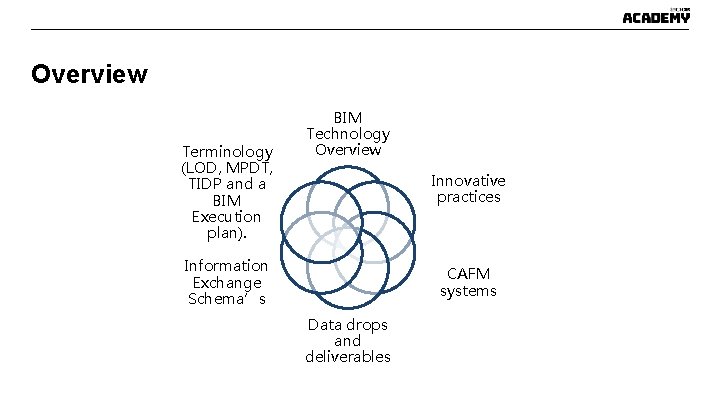
Overview Terminology (LOD, MPDT, TIDP and a BIM Execution plan). BIM Technology Overview Innovative practices Information Exchange Schema’s CAFM systems Data drops and deliverables
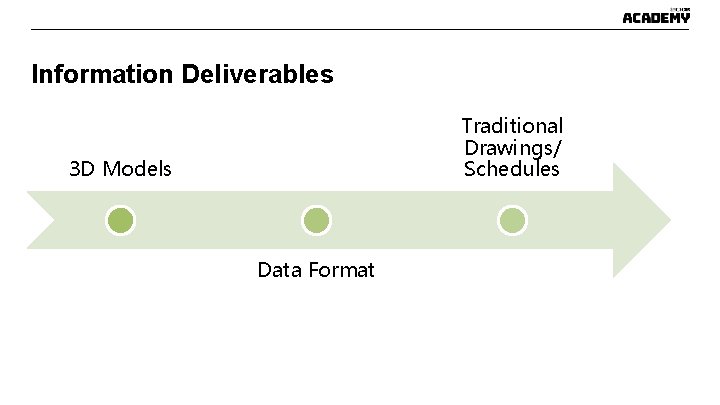
Information Deliverables Traditional Drawings/ Schedules 3 D Models Data Format
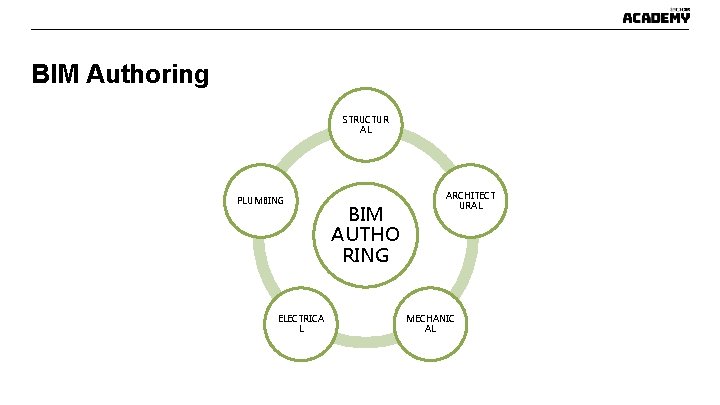
BIM Authoring STRUCTUR AL PLUMBING ELECTRICA L BIM AUTHO RING ARCHITECT URAL MECHANIC AL

BIM Authoring – Architectural AUTHORING MODELLING DATA EXTRACT DELIVERABLES INFORMATION
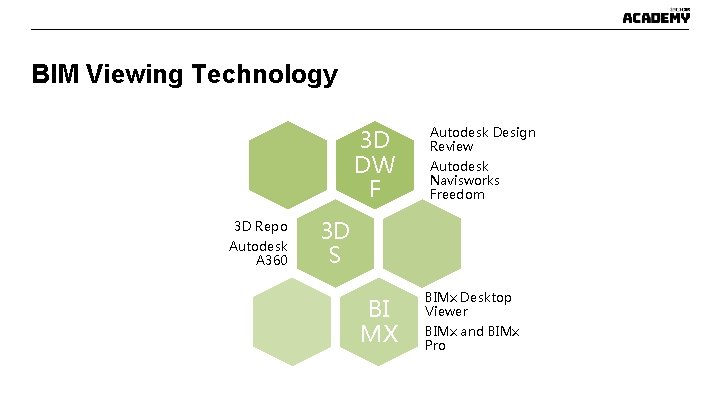
BIM Viewing Technology 3 D DW F 3 D Repo Autodesk A 360 Autodesk Design Review Autodesk Navisworks Freedom 3 D S BI MX BIMx Desktop Viewer BIMx and BIMx Pro
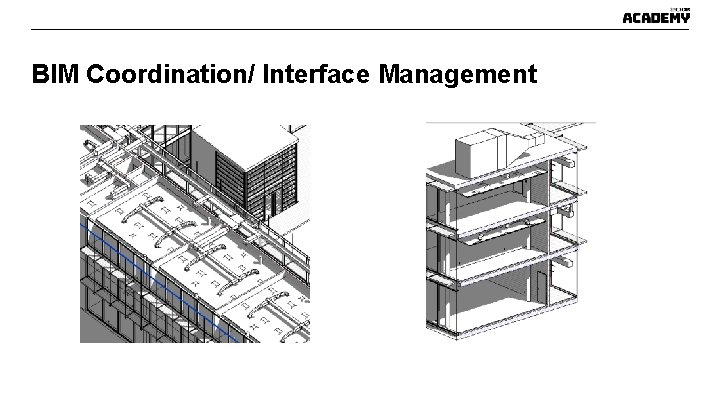
BIM Coordination/ Interface Management

Exchange Formats • Clearly Defined • Managed and created according to project specifics • Used and shared with all parties • Common Standard . rv t IFC . xls . d wg
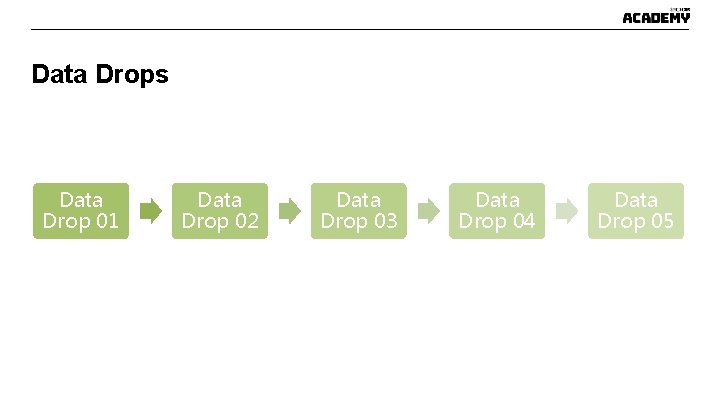
Data Drops Data Drop 01 Data Drop 02 Data Drop 03 Data Drop 04 Data Drop 05
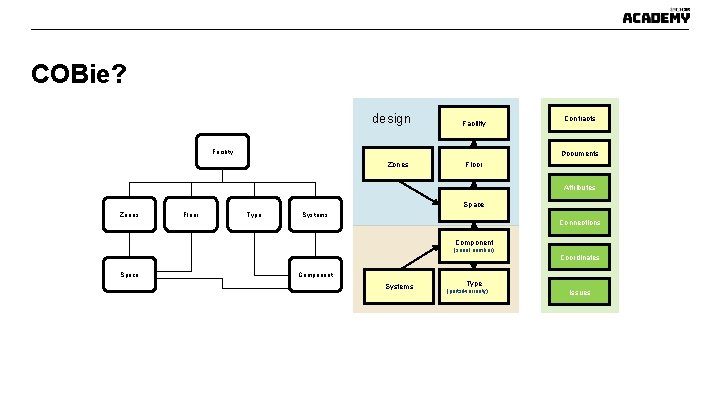
COBie? design Facility Contracts Documents Zones Floor Attributes Space Zones Floor Type Systems Connections Component (serial number) Space Coordinates Component Systems Type (parts/warranty) Issues
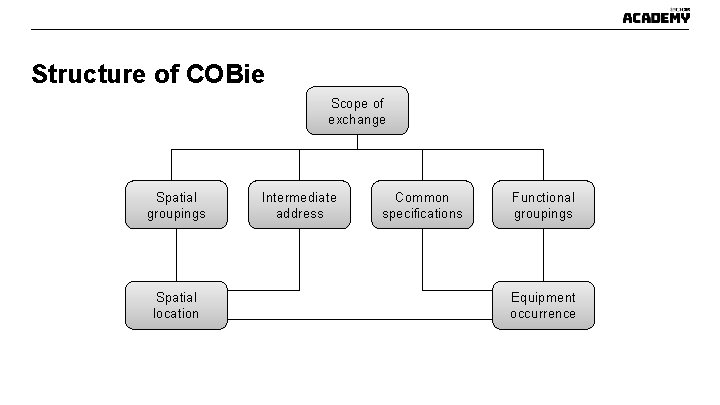
Structure of COBie Scope of exchange Spatial groupings Spatial location Intermediate address Common specifications Functional groupings Equipment occurrence
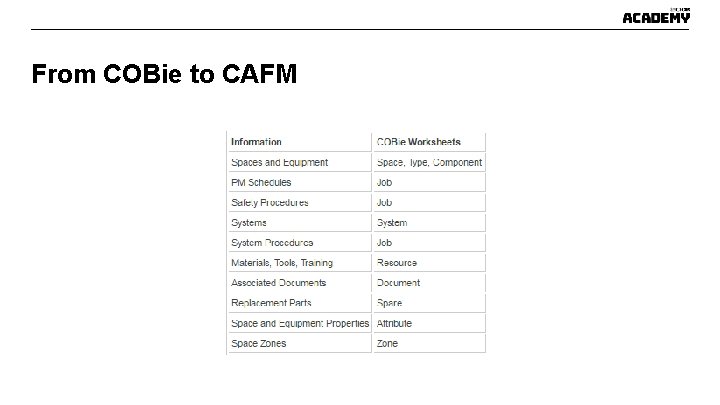
From COBie to CAFM
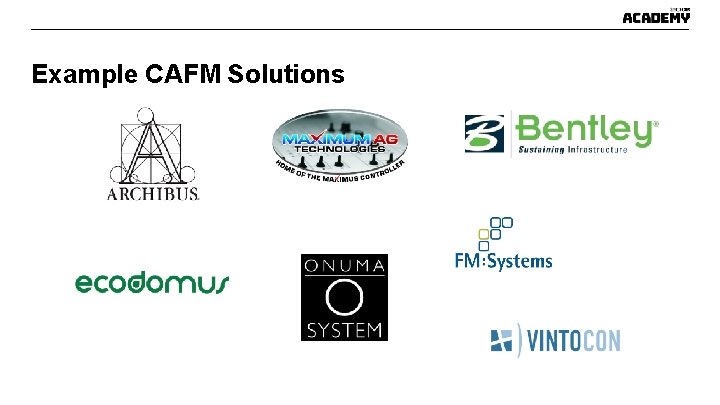
Example CAFM Solutions
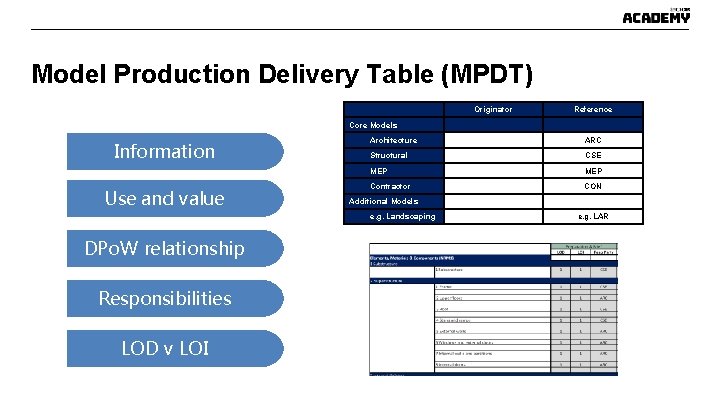
Model Production Delivery Table (MPDT) Originator Reference Core Models Information Use and value Architecture ARC Structural CSE MEP Contractor CON Additional Models e. g. Landscaping DPo. W relationship Responsibilities LOD v LOI e. g. LAR
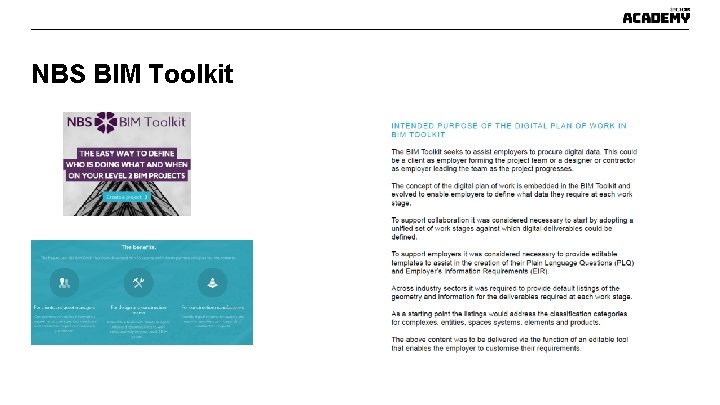
NBS BIM Toolkit
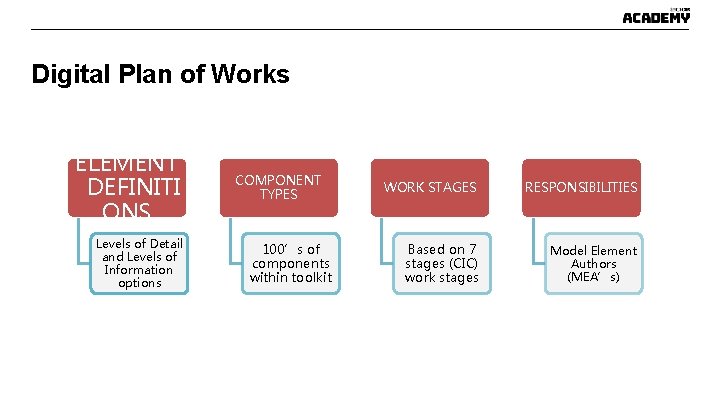
Digital Plan of Works ELEMENT DEFINITI ONS Levels of Detail and Levels of Information options COMPONENT TYPES 100’s of components within toolkit WORK STAGES RESPONSIBILITIES Based on 7 stages (CIC) work stages Model Element Authors (MEA’s)
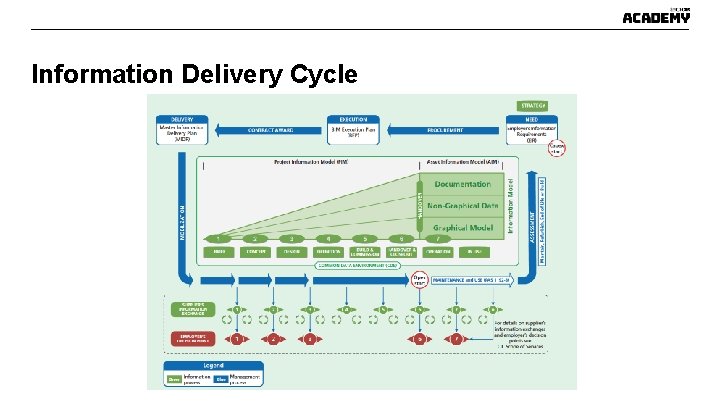
Information Delivery Cycle

05 Summary
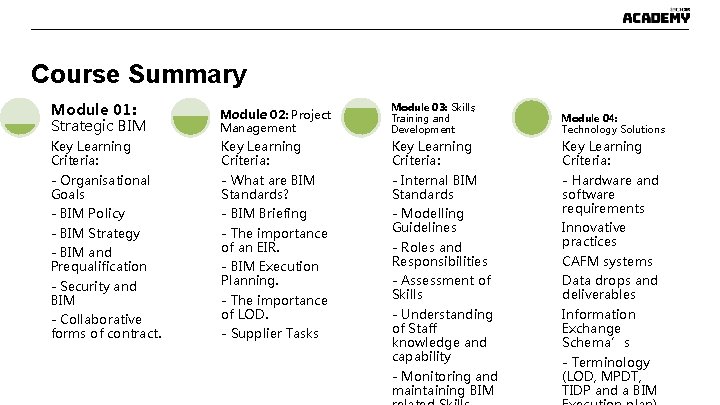
Course Summary Module 01: Strategic BIM Module 02: Project Management Module 03: Skills, Training and Development Key Learning Criteria: - Organisational Goals Key Learning Criteria: - What are BIM Standards? Key Learning Criteria: - Internal BIM Standards - BIM Policy - BIM Strategy - BIM and Prequalification - Security and BIM - Collaborative forms of contract. - BIM Briefing - The importance of an EIR. - BIM Execution Planning. - The importance of LOD. - Supplier Tasks - Modelling Guidelines - Roles and Responsibilities - Assessment of Skills - Understanding of Staff knowledge and capability - Monitoring and maintaining BIM Module 04: Technology Solutions Key Learning Criteria: - Hardware and software requirements Innovative practices CAFM systems Data drops and deliverables Information Exchange Schema’s - Terminology (LOD, MPDT, TIDP and a BIM
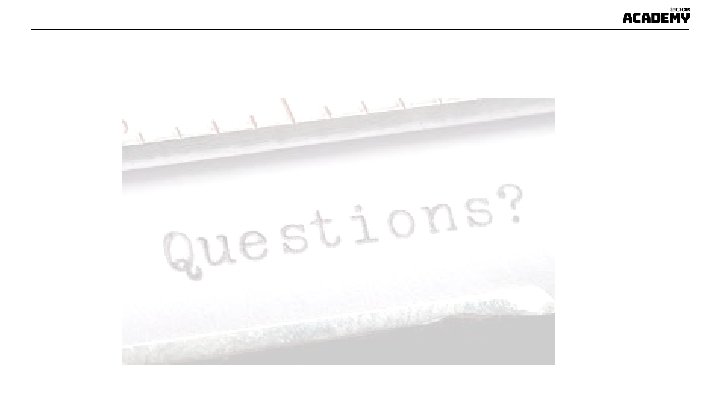

ciobacademy. org
- Slides: 171